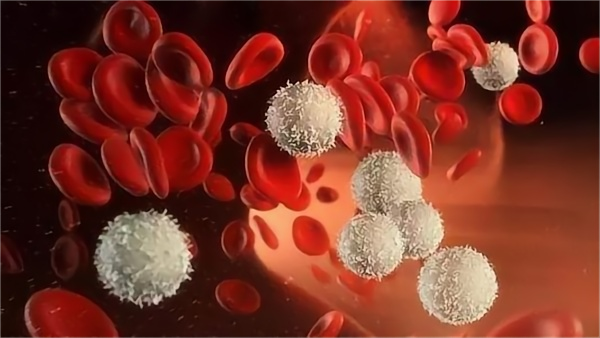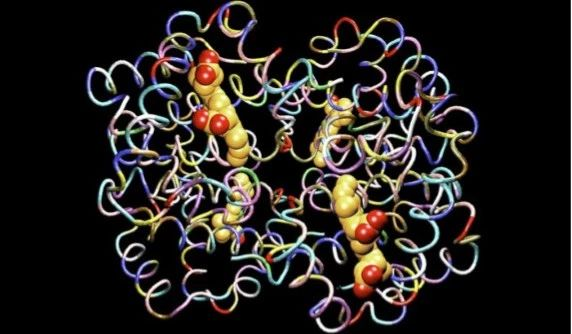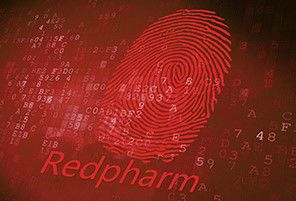Blood substitute (glutaraldehyde crosslinked bovine hemoglobin) for the treatment of leukemia
![]() 2024-07-18
2024-07-18
Background
In addition to the ABO blood type of mankind, there are other such as Rh, MN and Xg and other blood types. In the early 1950s, doctors discovered a very rare blood type, Vel negative. Vel negative blood group is a rare autosomal recessive trait, occurring in 1 in 4000 individuals. Blood transfusions are dangerous for Vel negative patients, especially if they also have leukemia that requires massive transfusions. "While there have been previous reports of God's Witness patients receiving blood transfusions, this is the first case of glutaraldehyde crosslinked bovine hemoglobin (HBOC-201) used to treat a VEL-negative patient with refractory acute myeloid leukemia (AML)."

Case Report
The patient was a 67-year-old white man. He had a one-year history of acute myeloid leukemia that had failed to respond to multiple hypomethylating therapies and chemotherapy regimens. This patient also had significant coronary artery disease, including type 2 non-ST-segment elevation myocardial infarction, because of severe anemia. As a result of leukemia and chemotherapy, he experienced prolonged pancytopenia requiring blood transfusions almost weekly. Vel-negative blood is extremely difficult to find compatible blood for transfusion, so hospitals used a transfusion threshold of only 5g/dl (hemoglobin level). In collaboration with the American Red Cross and the Rare Donor Program (ARDP), the hospital transfused 44 units of VEL-negative blood in this patient over a period of 1 year, depleting the available volume of this blood type in North America. Recently, he was readmitted with cough and dyspnea. Laboratory results revealed chronic anemia with a hemoglobin level of only 3.5g/dL. CT of the chest revealed pneumonia in the right lower lobe. Given the potential for severe anemia and septicemia due to pneumonia, the patient required immediate blood transfusion.
As there was no Vel negative blood available in North America, while awaiting international blood from the Red Cross and ARDP, the hospital considered the following options: 1) transfusion of incompatible blood, or 2) use of blood substitutes. Because individuals with Vel negative blood may experience severe acute hemolytic transfusion reactions when receiving incompatible blood, a bovine glutaraldehyde crosslinked hemoglobin product (HBOC-201) (Biopure, USA) was selected. This bovine hemoglobin polymer does not have a red cell antigen such as Vel because it does not have a red cell membrane. Emergency investigational New drug (IND) approval was obtained from the FDA and local institutional review board (IRB). The hemoglobin level increased from 3.5 to 4.5g per deciliter after the patient received three units (32 g) of HBOC-201. The patient was closely monitored by medical staff and found that there was no obvious adverse reaction to blood transfusion.
Conclusion
The bovine hemoglobin product was successfully used to treat severe acute anemia in a VEL-negative patient with refractory leukemia in a clinically challenging situation in which compatible blood was not available. Infusion of the product was tolerated without any complications. When red blood cell transfusion is not available, bovine hemoglobin colloidal solution products can be considered as an effective bridging therapy for patients with severe anemia, such as hematologic malignancies.
-

Bios Wins the “Global Hemoglobin Oxygen Carrier Technology Innovation Leadership Award” at the Sullivan New Investment Conference 2025
On August 27, the 19th Sullivan Global Growth, Technology Innovation and Leadership Summit 2025 and the 4th New Investment Conference (hereinafter referred to as “Sullivan New Investment Conference 2025”) was grandly opened in Shangri-La Hotel, Jing ’an District, Shanghai.
2025-08-29
-

Wang Jianfeng, the Secretary of the CPC Changzhou Municipal Committee, met with Mr. Zheng Zhiheng, the Chairman of Bios Biologics
On 28 May 2025, Wang Jianfeng, Party Secretary of Changzhou City, Jiangsu Province, met with Mr. Zheng Zhiheng, Chairman of Bios Biotechnology Co., LTD., Vice Chairman and Executive Director of Chow Tai Fok Jewelry Group Co., LTD., to exchange views on further deepening cooperation.
2025-05-29
-

Yale scientists have successfully revived a pig brain with artificial blood
Recently, the cover of Nature published the latest research from Yale University School of Medicine: scientists at Yale University used an infusion solution to successfully revive the pig brain after 4 hours of death, restoring some cellular and metabolic functions, and maintaining them for at least 6 hours.
2024-08-03
-

A brief history of research and development of red blood cell substitutes
Blood has always been a very important, but very limited medical resource.
2024-08-02


